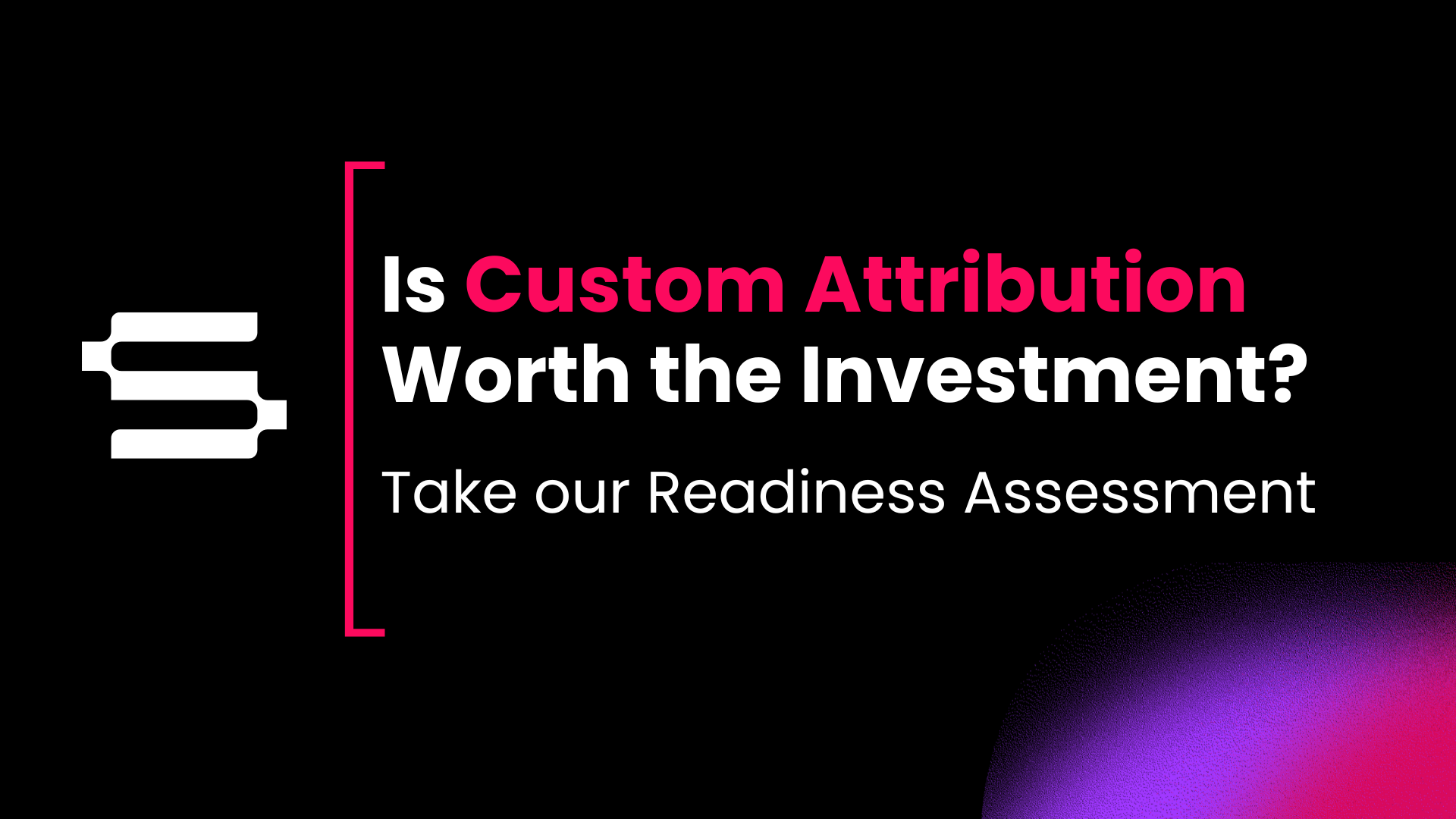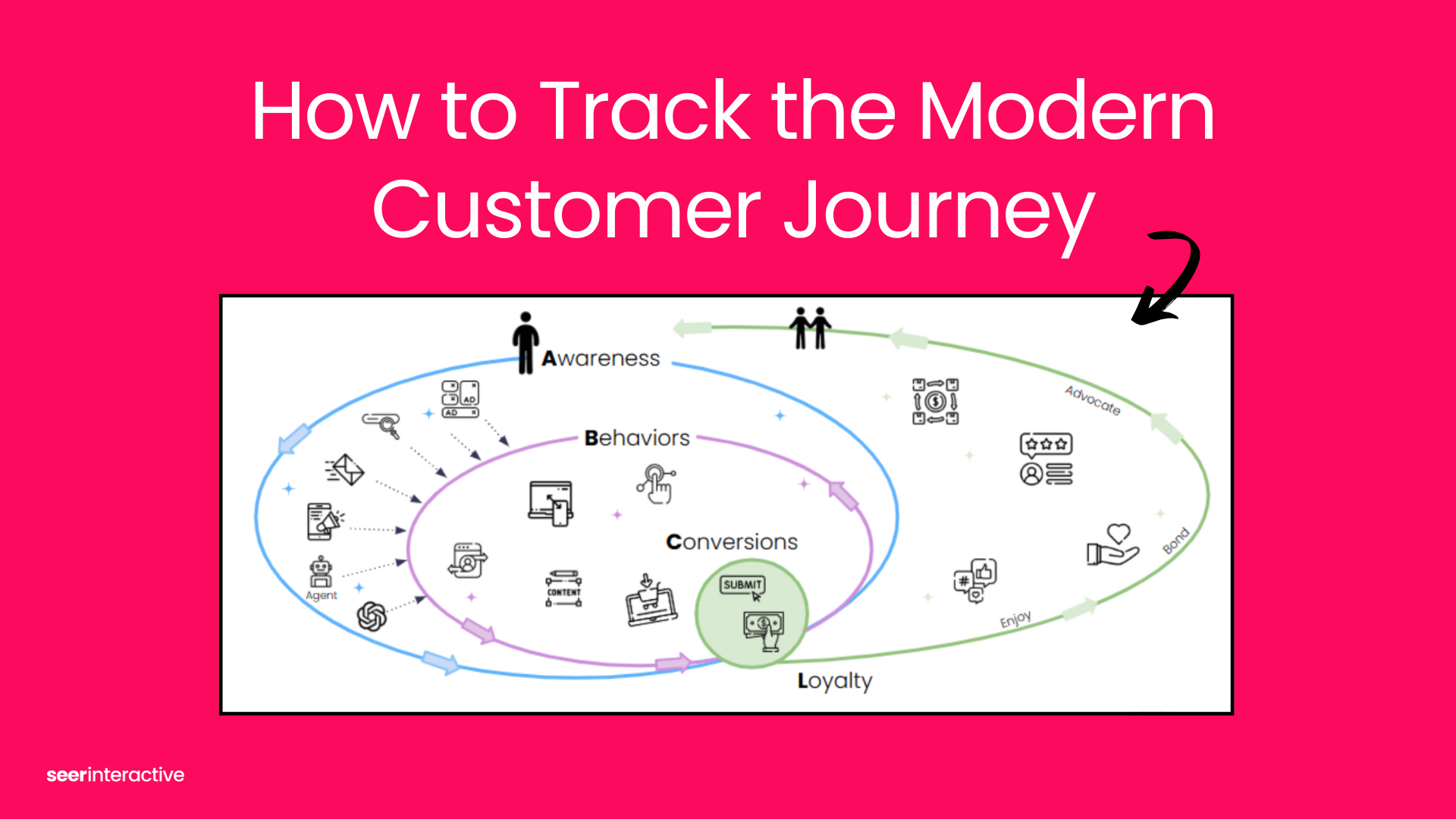Being we live in a world of vast amounts of data, we are no longer confined to viewing our target audiences through the lens of outdated marketing personas. Instead, we have data on our audience behavior at our finger tips in real-time. By scoring these behaviors, you can understand how certain types of content, and actions taken by users on your website, drive conversions.
More on user scoring from Ellen - Analytics team Sr. Analyst - in her blog post here.
Say your construction company has 2 primary audiences for the website: Field Workers and Sales Managers. User scoring can help you understand what people are looking for from your website so you can come up with strategies to find ways to give it to them.
Using this example, our actionable data analysis may find that Field Workers visit the website to apply for job openings. While it’s the Sales Managers who want to learn more about the company by reading reviews, exploring Services, and downloading project success stories.
Traditional Marketing Personas
“Family Field Workers” persona
- Field Workers ages 34-55 who live in rural and suburban US cities – typically married homeowners with 2-3 children
- Hard working and dedicated to their family
“Go Getter Sales Managers” persona
- Sales Managers ages 25-34 who live in the city unmarried with no kids
- Loves closing a deal and getting the job done when they come across any new opportunity
Although this information helps for context into our audiences everyday lives, it doesn’t necessarily drive any decision-making. User scoring counts the actual actions taken on the site by all users in a given period. We’re then able to analyze how each persona acts on the website and determine what type of content they view prior to conversion.
Behavior Driven Personas

“Sales Managers” behavior driven persona
- View more than 2 About pages in their initial sessions – Organic and Paid Search are highest drivers. Once they’ve come across the website, visitation becomes more frequent. As they get closer to sealing a deal, they visit Direct and stick to high level pages of the site like the homepage, Services, and Specialties entry pages. Sales Managers who submit a contact form have a lifetime value 3x higher than those who don’t submit the form or view the Contact page at all.
“Field Workers” behavior driven persona
- Have a clear goal in mind when visiting the site directly. They go straight for the Contact page to find an address for their local field office, and exit the site from that page every time they visit it. Ultimately, when people come into the office after finding the company online, the majority are looking to submit their job application.
Behavior Driven Insights
“Sales Managers” insights
- Those who are mid-funnel return many times for top of funnel content. This is likely because they’re preparing to pitch for buy-in.
- Let’s help prompt them to sign-up for emails on their 2nd visit to the site, and then send them newsletters twice a week with downloadable resources and guides packed with information based on the last cluster of pages they viewed on their last visit.
“Field Workers” insights
- In-person job applications are the #1 source for new Field Worker applications. This might be because potential applicants aren’t finding the site when they’re searching for work, and the low volume is driven by low exposure.
- This might also be an indicator that people with intent to apply aren’t viewing or finding the Careers page for open job listings. Either because they can’t find it in the navigation, or they may assume the only method is applying in the office because it isn’t clear that they can apply online.
- If we add a top bar CTA with a tool like Sumo, we can show Field Worker audiences We’re Hiring – Apply Here! messages across all pages, to increase online job application submissions and shorten the time to application.
Interested in testing behavior-driven audiences on your website? Hit up the Analytics team to learn more about it.



